A Significant element in Tantrism, one of the basic components Mahayana Buddhism, is "Kalchakra" or the "Wheel of Time". Tantraraja is an important work on Kalchakra. The Sanskrit title of the book is "Paramadibuddodhhrita Sri Kalchakra name tantraraja". Tantraraja is an essential work on Tabntrism, the origin of the concept of the "Kalcharka" wheel of time, is said to be supernatural and mysterious. In Dhanyakatraka stupa, when Buddha proclaimed "Kalcharka" ninety-seven kings headed by Sucandra. Flew from Shambala under magical powers. The legend of Shambhala is connected with the acts of Vishnu. Though Buddha could have reincarnated himself in Vishnu, Buddhists disagree that Buddha is an incarnation of Vishnu. The legend if the tenth incarnation of Vishnu (the tenth avatara of Vishnu) changed it is claimed that as Kirdeze, son of Brahman Kulika, Vishnu regenerated himself in the land of Shambala and assisted living beings by repressing heresy. Shambhala, the marvelous land, is an embodiment of insatiable desire of mankind to achieve the state of immortality, abundance, and peace or earth. It is also indicative of inward journey to reach eternal bliss and nirvana. The place is identical with mythical Jnan-Ganj of the mystics of India, where, according to tem, only the great Yogis can reach. The entire meaning of the subject matter of the kalchakra Tantra is included within the three Kalchakra of wheels of Time: The outer wheel of time, the inner wheel of Time, and the other wheel of time. Kalchakra Tantra initiation is direct ‘Shaktipat’. Shaktipat is the process when the disciple is initiate, and the Guru’s Shakti enters him. As a tree exists in the form of a seed, so the Shakti exists in the form of the guru, and entering the disciple. After initiation, there are higher stages of yoga followed by the seekers. The Mandalas have very special place in kalchakra Tantric tradition, it is not easy for simple readers to follow the meaning of various types of mandalas. Mandala -In the Tantric Buddhism, a diagram or symbolic representation, in which the mediator creates a world wherein he is the central Buddha. The Mandala, as represented in particles of coloured sand, is the residence of the Kalcharka deity and the retinue of deities surrounding him, all of which represent the components of an individual person in purified form – fully Enlightened being. Although depicted on a flat surface, the mandala is actually three-dimensional, being a five storeyed "divine mansion" at the centre of which stands the kalchakra deity, the manifest state of Enlightenment.
Encyclopaedia of Buddhism: A World Faith: Kalchakra Tantra (Volume XX)
In stock
Free & Quick Delivery Worldwide
reviews
Bibliographic information
Title
Encyclopaedia of Buddhism: A World Faith: Kalchakra Tantra (Volume XX)
Author
Edition
1st ed.
Publisher
ISBN
8176481998
Length
xvi+295p., Reference; Glossary; Bibliography; 25cm.
Subjects

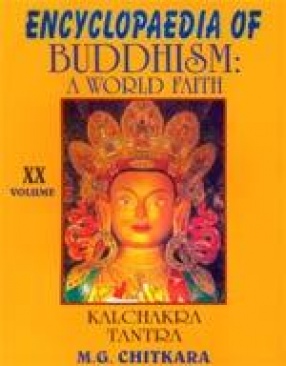
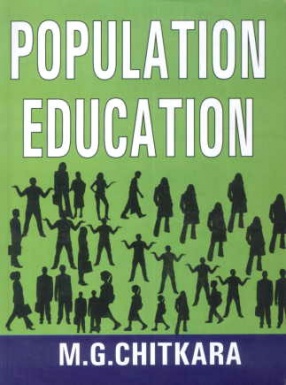


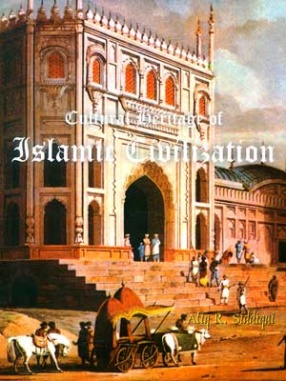
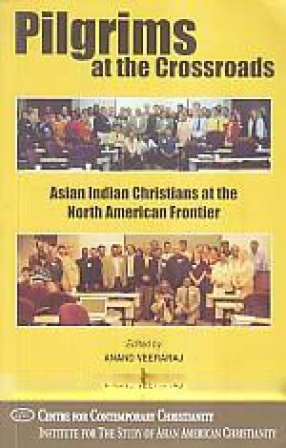
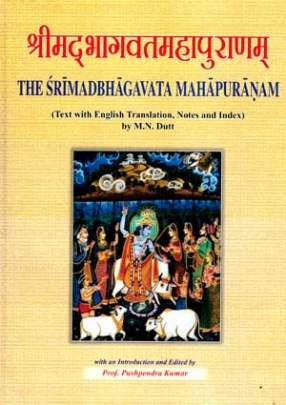
There are no reviews yet.